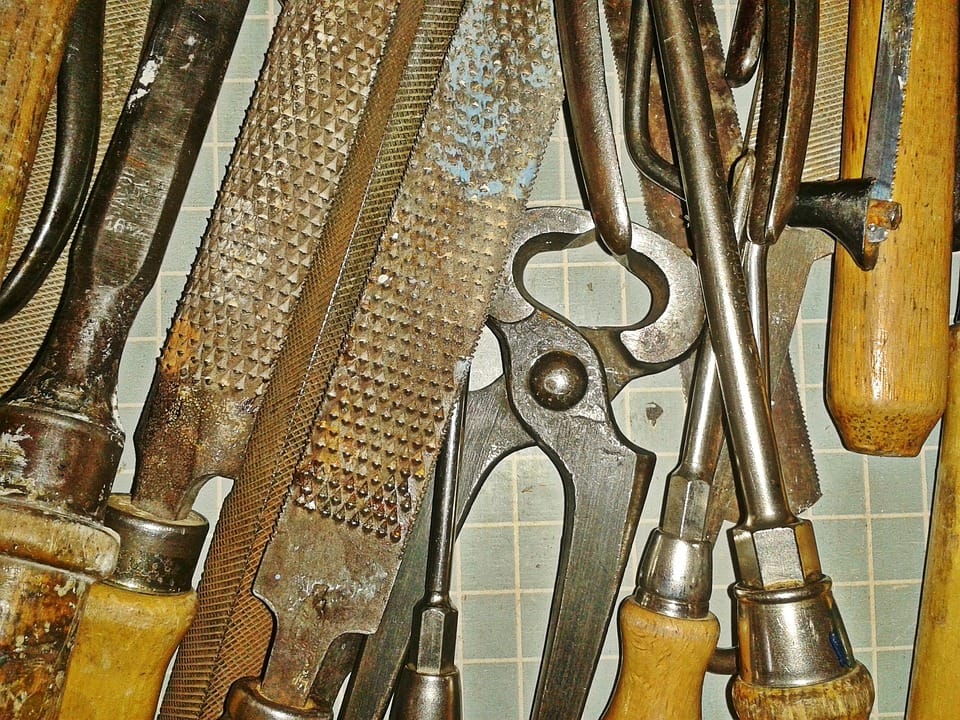Table of Contents
The Essential Tool for a Blooming Garden: The Ultimate Guide to Watering Cans
Gardening is a rewarding hobby that allows you to connect with nature and create a beautiful outdoor oasis. One of the most essential tools for maintaining a healthy and thriving garden is a watering can. Proper watering is crucial for the growth and vitality of plants, and the right watering can make all the difference in the world. In this comprehensive guide, we will explore everything you need to know about watering cans, from choosing the right type to using it effectively in your garden.
Types of Watering Cans
There are several types of watering cans available on the market, each designed for specific purposes and preferences. The most common types include:
1. Traditional Watering Cans
Traditional watering cans typically have a long spout and a handle for easy pouring. They come in a variety of sizes, from small cans for indoor plants to large cans for outdoor gardens. These cans are versatile and easy to use, making them a popular choice among gardeners.
2. Watering Cans with a Spray Nozzle
Watering cans with a spray nozzle are perfect for watering delicate plants or seedlings that require a gentle touch. The spray nozzle allows you to adjust the water flow and pressure, making it easy to water plants without damaging them.
3. Decorative Watering Cans
Decorative watering cans are not only functional but also add a touch of style to your garden. These cans come in a variety of designs and colors, making them a whimsical and charming addition to any outdoor space.
Choosing the Right Watering Can
When selecting a watering can for your garden, there are a few factors to consider to ensure you choose the right one for your needs:
1. Size
The size of the watering can is crucial, as it will determine how much water it can hold and how often you will need to refill it. Consider the size of your garden and the types of plants you have when choosing a watering can.
2. Material
Watering cans are typically made from plastic, metal, or ceramic. Plastic cans are lightweight and durable, while metal cans are more sturdy but can be heavier. Ceramic cans are decorative but may be more fragile.
3. Spout Length
The length of the spout is important for reaching plants in tight spaces or hanging baskets. A longer spout can make watering easier and more efficient.
Using Your Watering Can
Once you have selected the perfect watering can for your garden, it’s essential to use it effectively to ensure your plants receive the right amount of water. Here are some tips on how to use your watering can correctly:
1. Water at the Base of Plants
When watering your plants, aim to water at the base of the plant to ensure the roots receive the water they need. Avoid watering the leaves, as this can lead to fungal diseases.
2. Water in the Morning
It’s best to water your plants in the morning when the temperatures are cooler and the water can penetrate the soil better. This will help prevent evaporation and ensure your plants stay hydrated throughout the day.
3. Avoid Overwatering
Overwatering can be just as harmful to plants as underwatering. Pay attention to the moisture levels of the soil and adjust your watering schedule accordingly. A good rule of thumb is to water when the top inch of soil is dry.
Maintaining Your Watering Can
To ensure your watering can lasts for years to come, proper maintenance is essential. Here are some tips on how to care for your watering can:
1. Clean Your Watering Can Regularly
After each use, rinse out your watering can with water to remove any dirt or debris. Periodically, clean your watering can with a solution of water and mild soap to prevent mold or bacteria buildup.
2. Store Your Watering Can Properly
When not in use, store your watering can in a cool, dry place to prevent rust or corrosion. Avoid leaving your watering can outdoors in extreme weather conditions.
3. Check for Leaks
Regularly inspect your watering can for any leaks or damage. If you notice any issues, repair them promptly to prevent water waste and ensure proper watering.
Conclusion
A watering can is an essential tool for any gardener looking to maintain a healthy and blooming garden. By choosing the right type of watering can, using it effectively, and maintaining it properly, you can ensure your plants receive the proper care they need to thrive. With the tips and information provided in this guide, you can confidently select the perfect watering can for your garden and enjoy watching your plants flourish and bloom.
